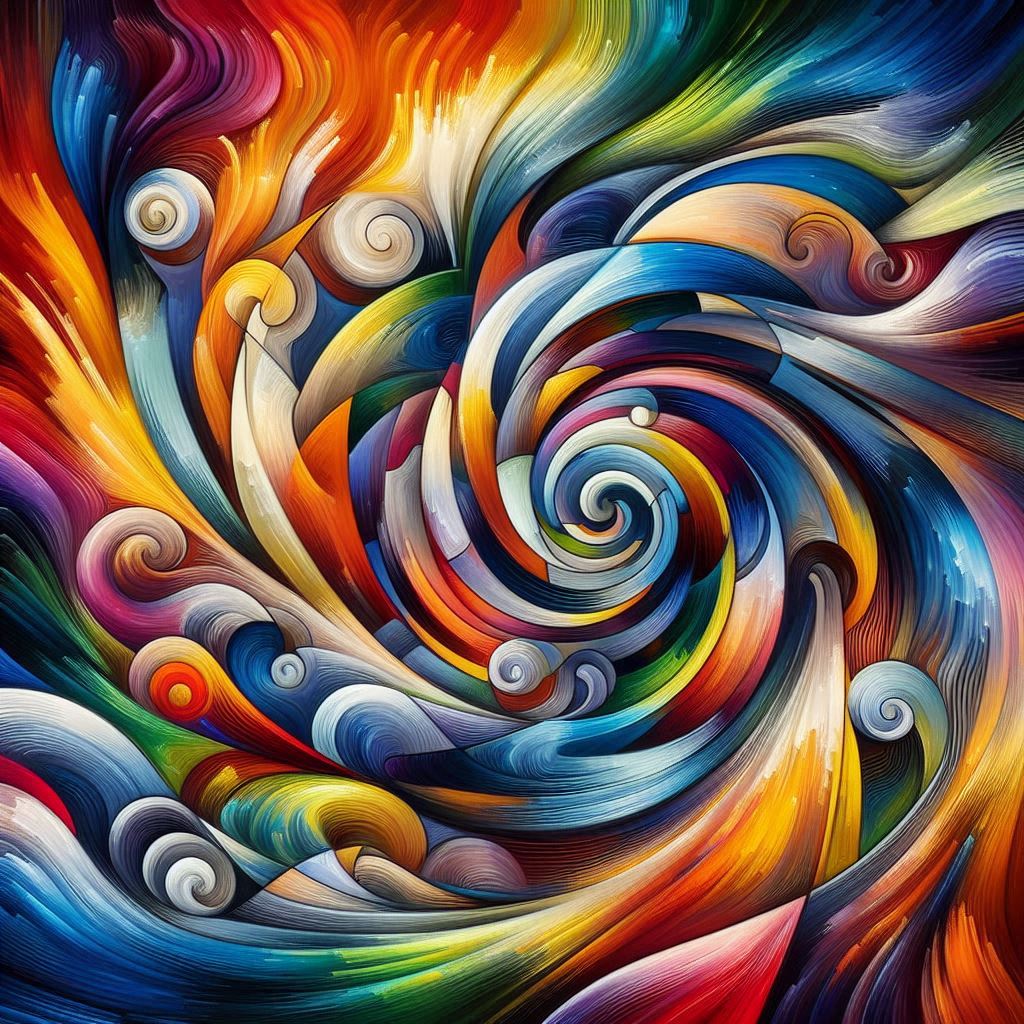Transforming Trauma into Beauty: Healing through Abstract Art
Introduction
Art has forever been an expressive outlet for the self and the emotions. For victims of trauma, the process of creating art provides a distinctive and transformative healing avenue. Abstract art, especially, emerges as a therapeutic outlet that enables an individual to navigate their inner world unconstrained by realism.
Abstract art provides the pain and intricacy of trauma a non-verbal means of expression as emotion is translated into shape, texture, and color.
The Healing Value of Abstract Painting
by
Abstract art promotes freedom of expression. Unshackled by the need to imitate the external world, artists are able to translate their feelings and experiences into spontaneous and intuitive gestures. The lack of ordered representation enables artists to tap into the raw emotion of their feelings, inducing self-discovery and emotional release.
Art therapists frequently utilize abstract art when treating trauma, perceiving in it the possibility of transcending verbal obstacles. Clients who find it difficult to verbalize their experiences may find solace in the abstract, exploiting color and shape to convey that which words are unable to. The process can provide a feeling of empowerment and control over the therapeutic process.
Emotional Processing Through Creative Expression
Making abstract art allows for emotional processing by externalizing the internal experience. Traumatic memories, which are often fragmented and hard to put into words, can be symbolically represented in artwork. Working with paint, metal, or mixed media allows for the potential to create a new awareness of their trauma, enhancing insight and resilience.
The process of concretizing raw feelings also gives a sense of mastery. In the process of making creative choices and solving problems during the creative process, artists recapture mastery, as opposed to the powerlessness that usually accompanies trauma.
Building Self-Awareness and Resilience
Abstract art is subjective by nature, giving rise to several interpretations and meanings. Its versatility enables people to examine different aspects of their experiences. As artists engage with their paintings, they may discover patterns, themes, and symbols that provide greater insight and clarity.
In addition, witnessing their artistic growth can promote resilience. The process of transforming pain into something beautiful strengthens the idea of post-traumatic growth—the idea that strength and personal growth can emerge from pain. For some, abstract art serves as a visual testament to their healing and resilience.
Community and Connection Through Art
Showing abstract art in a progressive community can be extremely validating. Art shows, classes, and group therapy allow a person to be around others who have also gone through trauma. These communal settings encourage empathy, reduce feelings of isolation, and open up discussions on mental health. Besides, audiences see themselves relating to their feelings with abstract art, creating a bond between the artist and the audience. This two-way exchange is highly therapeutic to both of them, justifying the idea that beauty and suffering are inseparable. Conclusion Healing with abstract art is an exercise in self-expression, empowerment, and transformation. As the form is created from trauma, the individual reclaims their story and assigns new meaning to their history. Through bold brushstrokes, layered texture, or kinetic sculpture, abstract art is a testament to strength and the indomitable human spirit. For those seeking healing, the canvas is not simply a realm for artistic discovery but a sanctuary for emotional rebirth and self-revelation.
their

